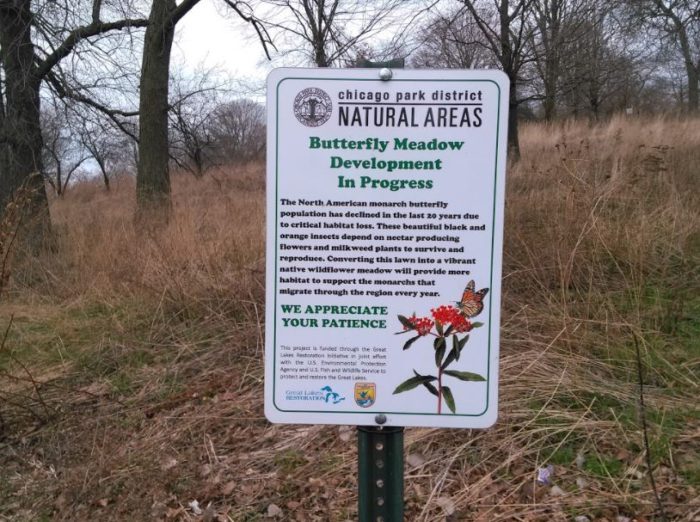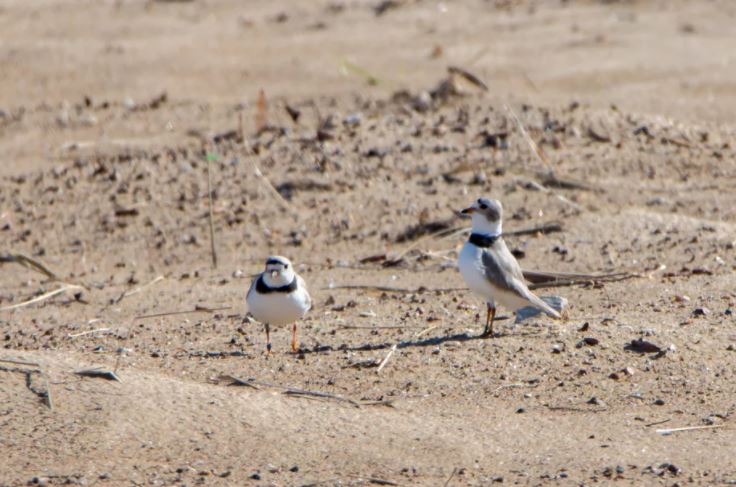Monarch butterflies are now listed as endangered!
As reported by AP on July 21, The International Union for the Conservation of Nature added the migrating monarch butterfly for the first time to its “red list” of threatened species and categorized it as “endangered” — two steps from extinct.

It means, the job is far from being done to prevent the monarch’s extinction.
In 2019, CMGT and Homes4Monachs hosted “Save Our Monarch” workshop at Downtown Islamic Center. At the workshop, participants learned how to harvest milkweed seeds and plant them. Milkweeds are the required host plants for caterpillars of the monarch butterfly and thus play a critical role in the monarch’s life cycle.
Thanks to the milkweed seeds shared at the event, Caroline from CMGT was motivated to grow milkweeds in her backyard. She was happy to see a monarch visited her milkweed plants in summer. She is also happy whenever she finds milkweed plants wherever she goes. For example, when she was at Forest Preserve Bemis Woods North to attend Hiking Leadership Training, she took a picture of milkweed plant there.

In 2018, a documentary titled “The Guardians” was released to raise awareness about the incredible monarch migration in North America. It also shows how an indigenous community in Mexico fought illegal loggers who destroy their ancient forest, the home of the people and millions of monarchs.
Here is the trailer of the movie.
Anyone who are interested in protecting monarch can participate in many projects, for examples, Field Museum Monarch Community Science Project, Illinois Butterfly Monitoring Network, or use free resources developed by UIC Heritage Garden.


